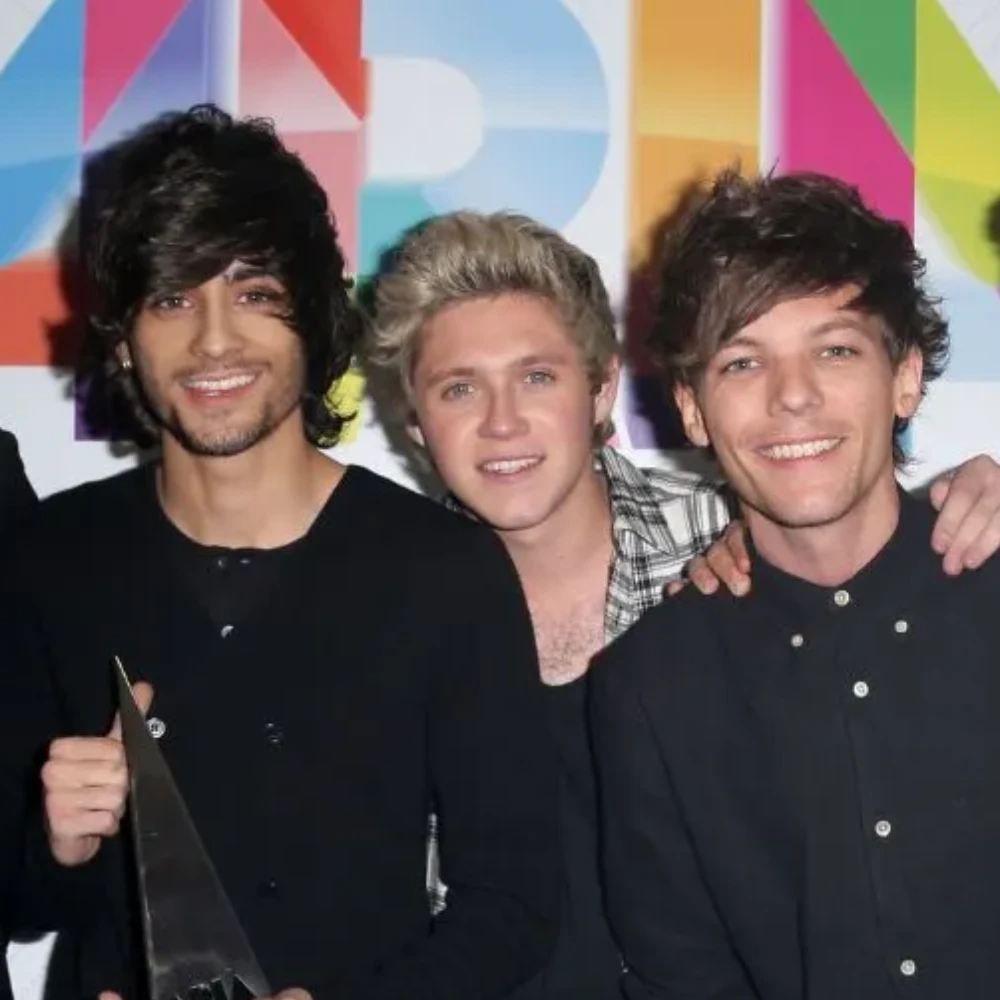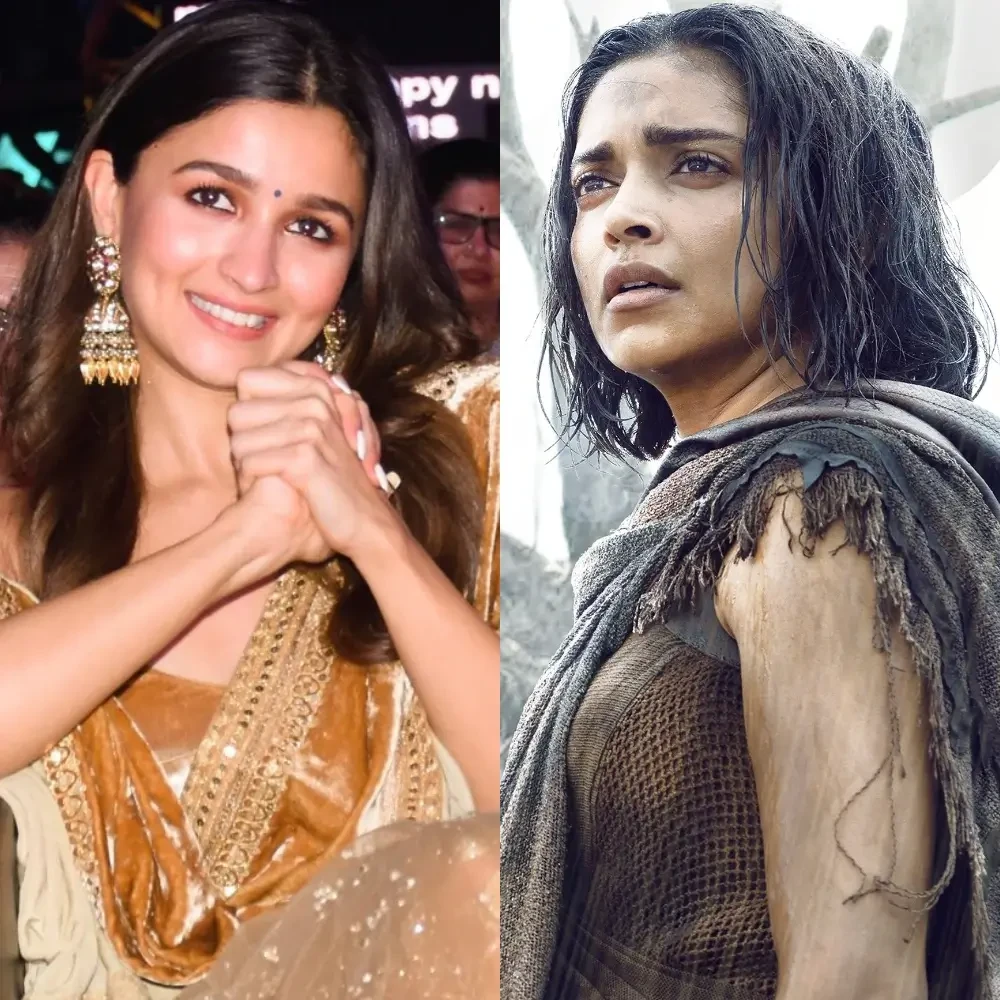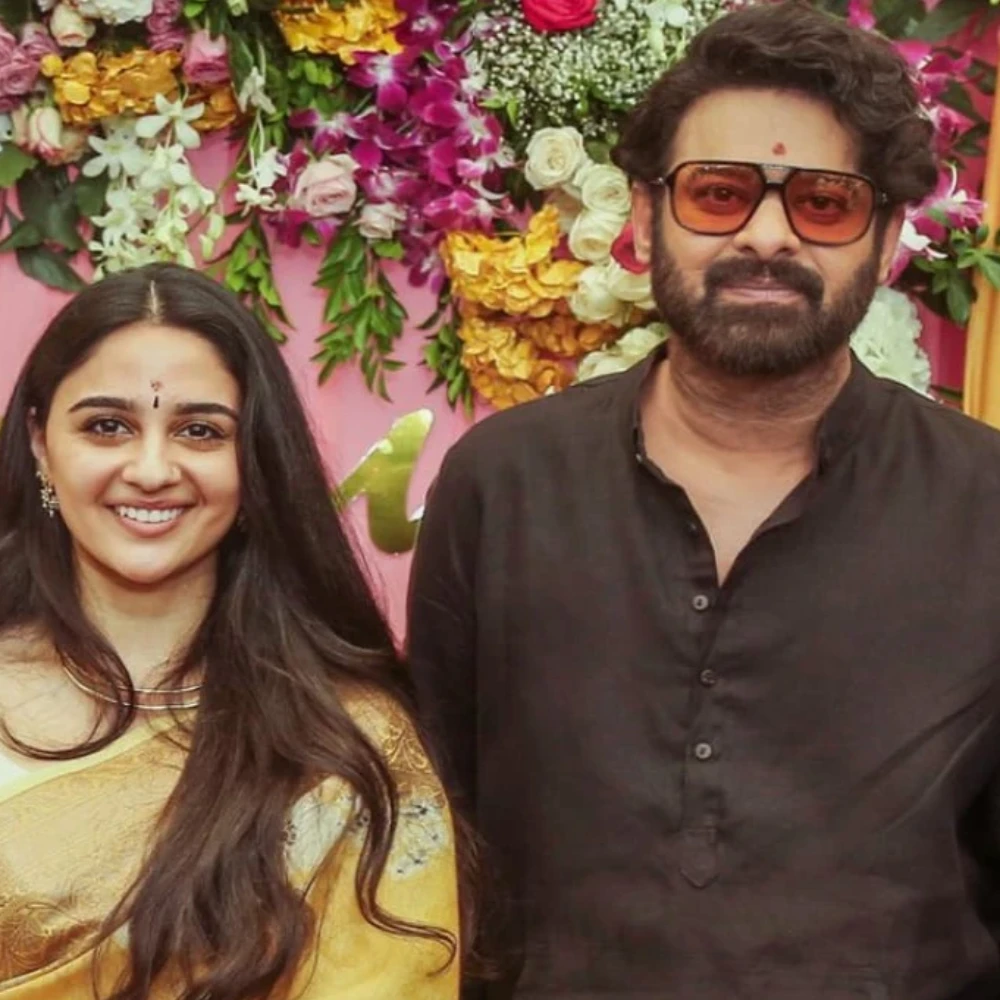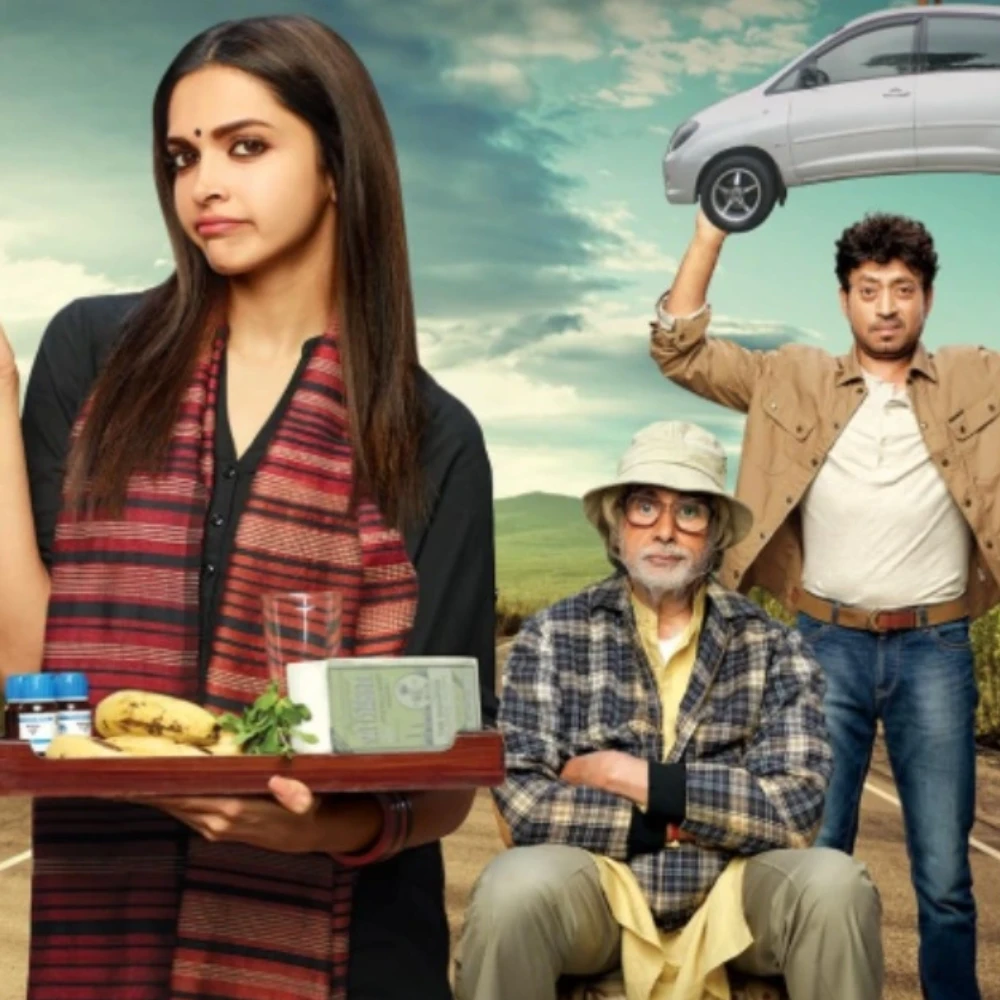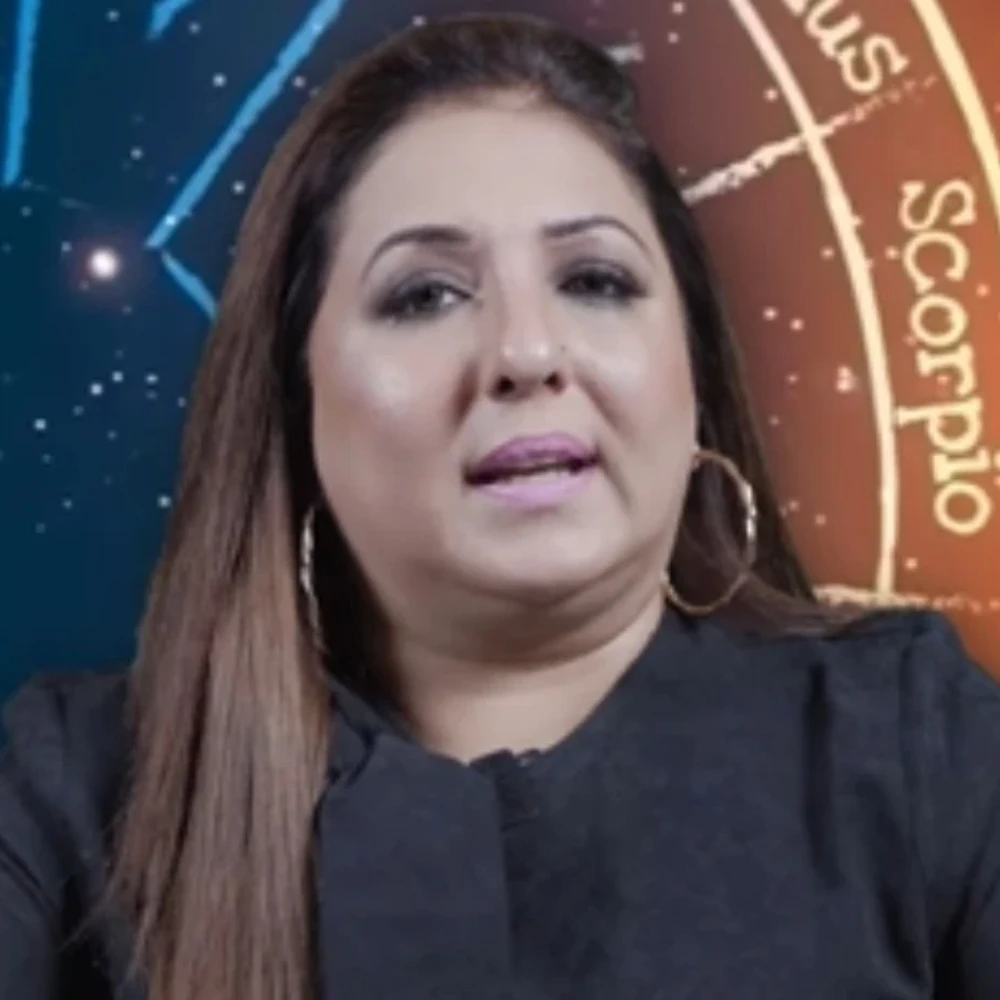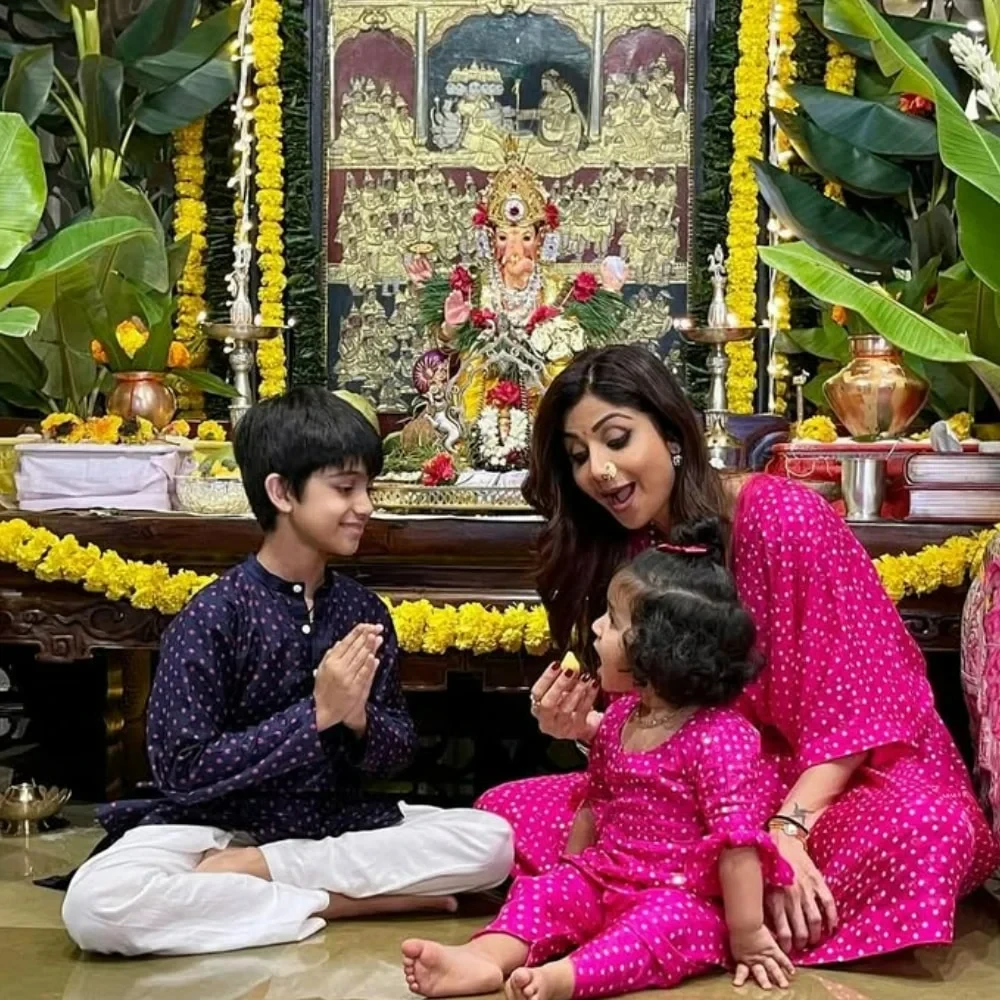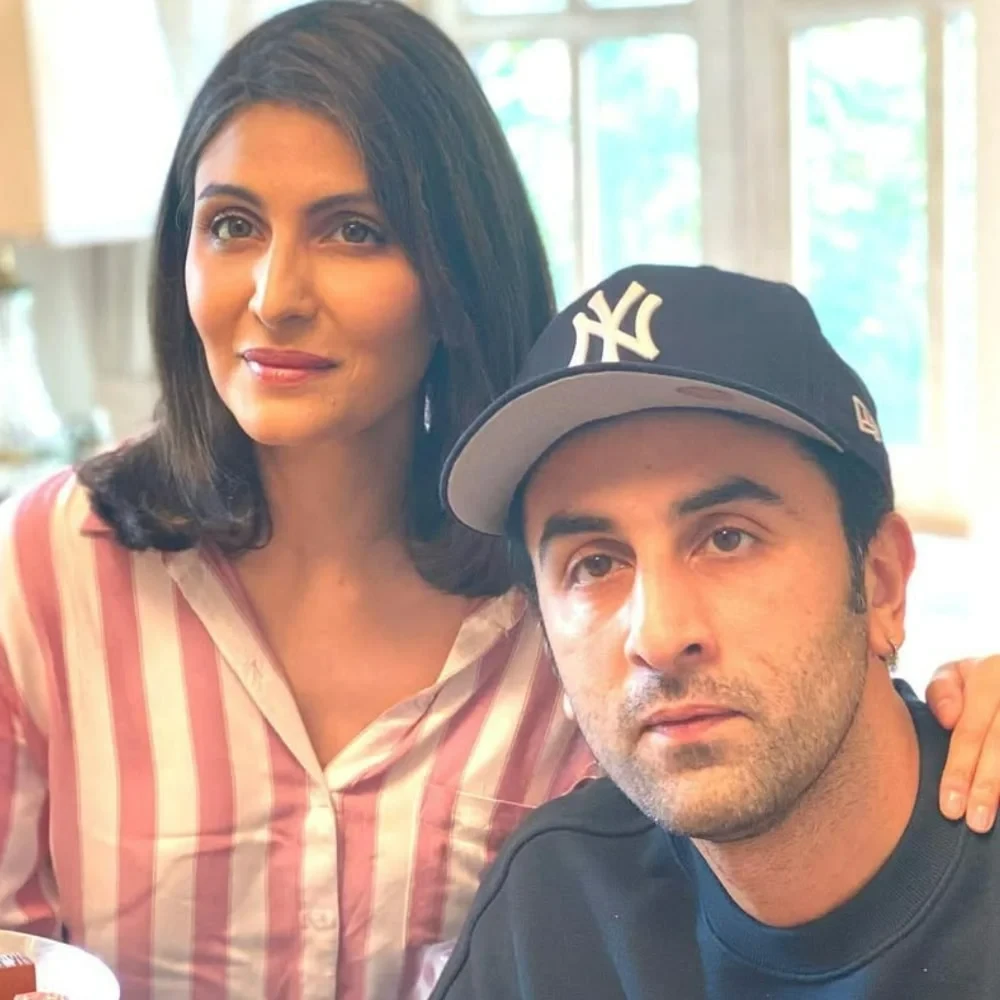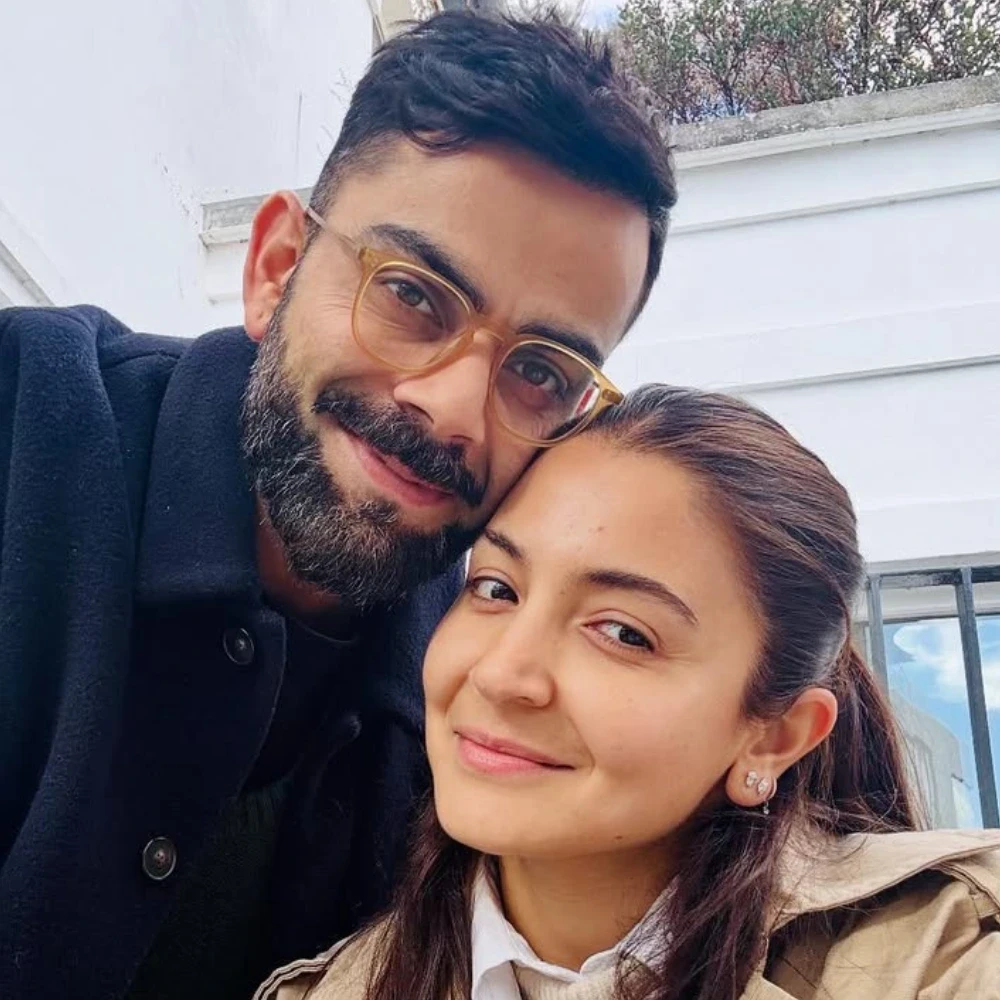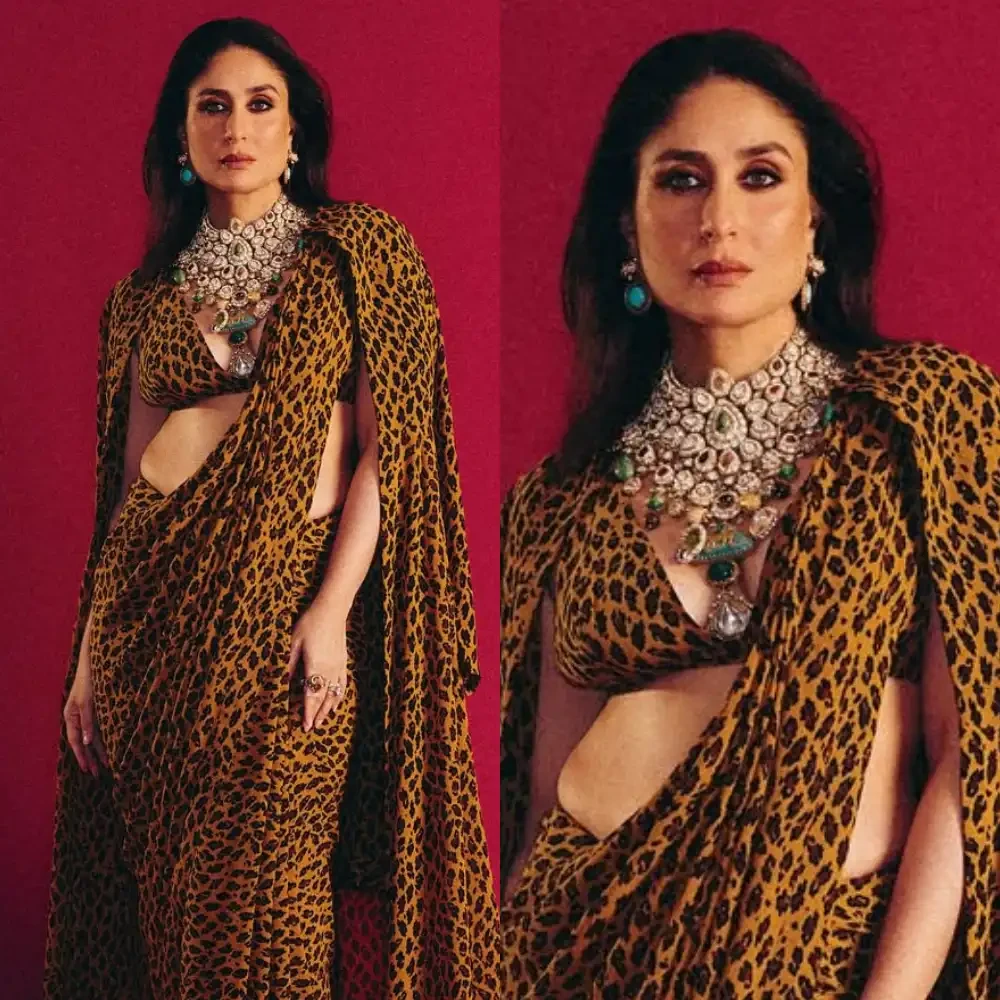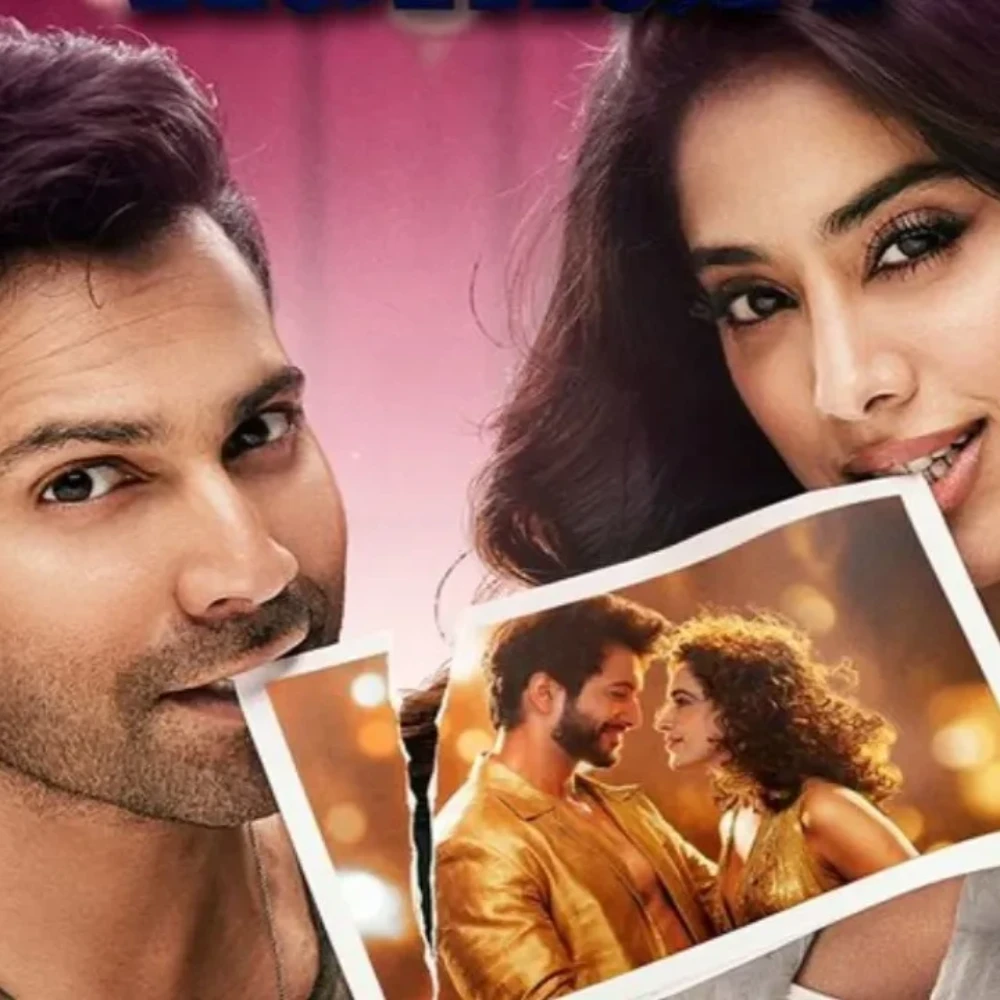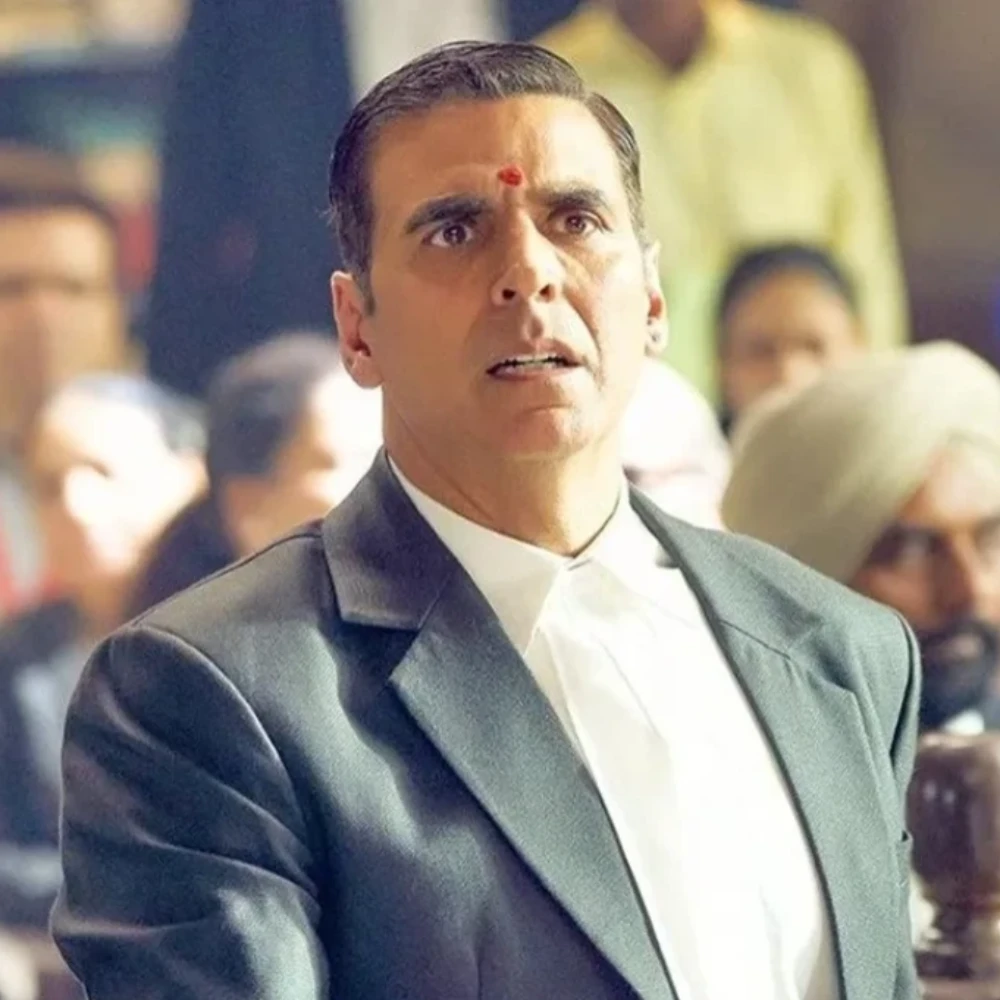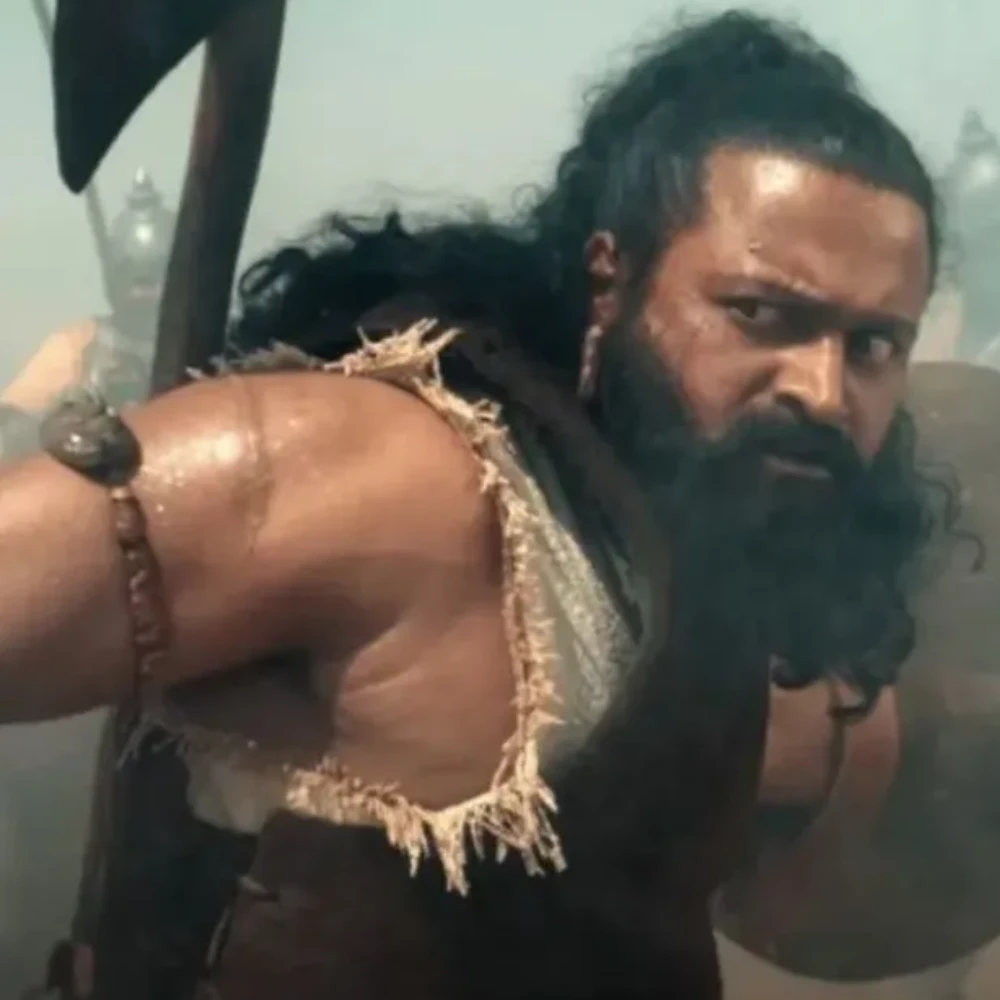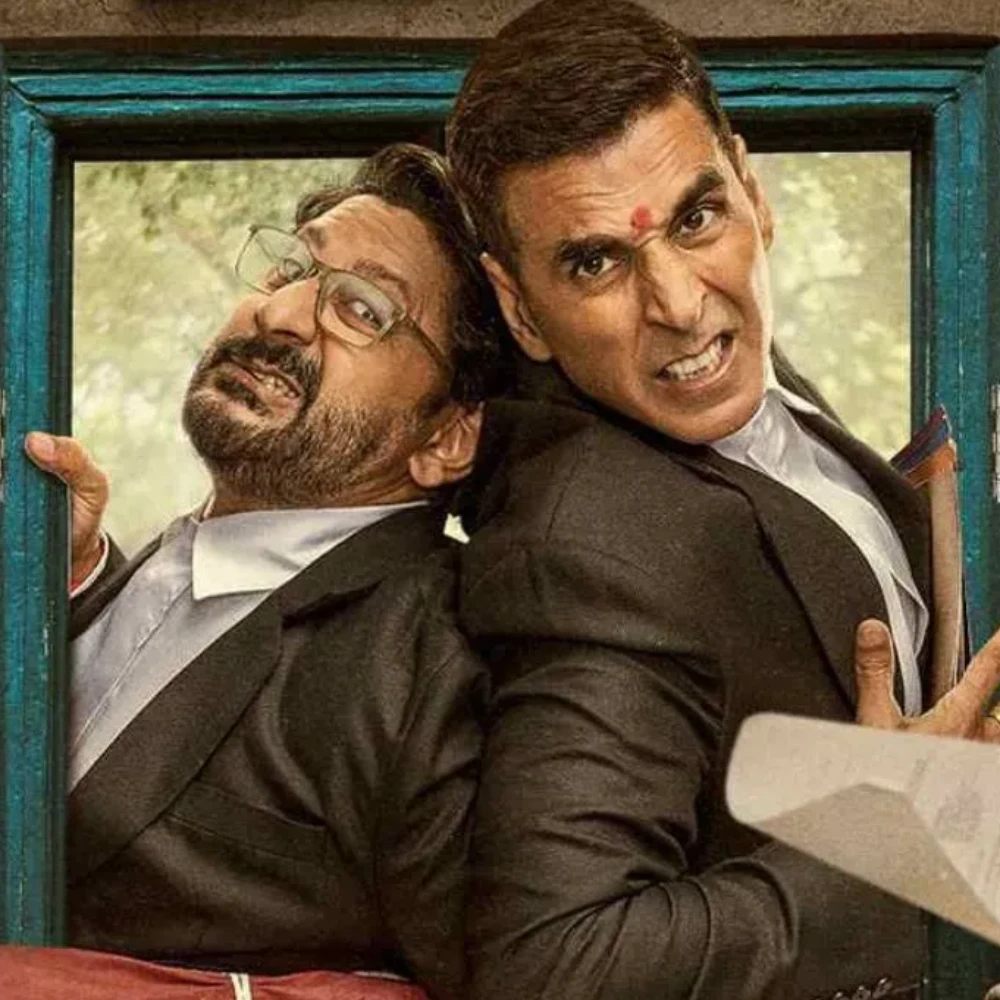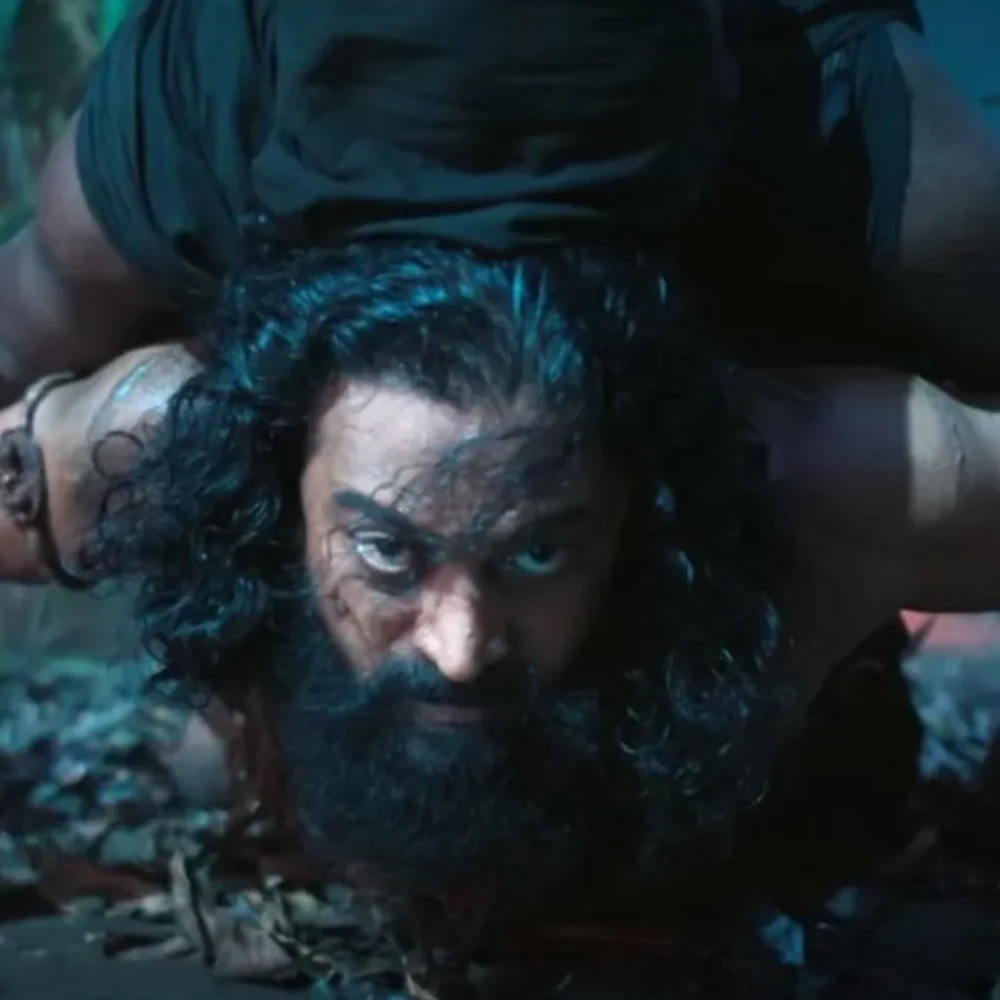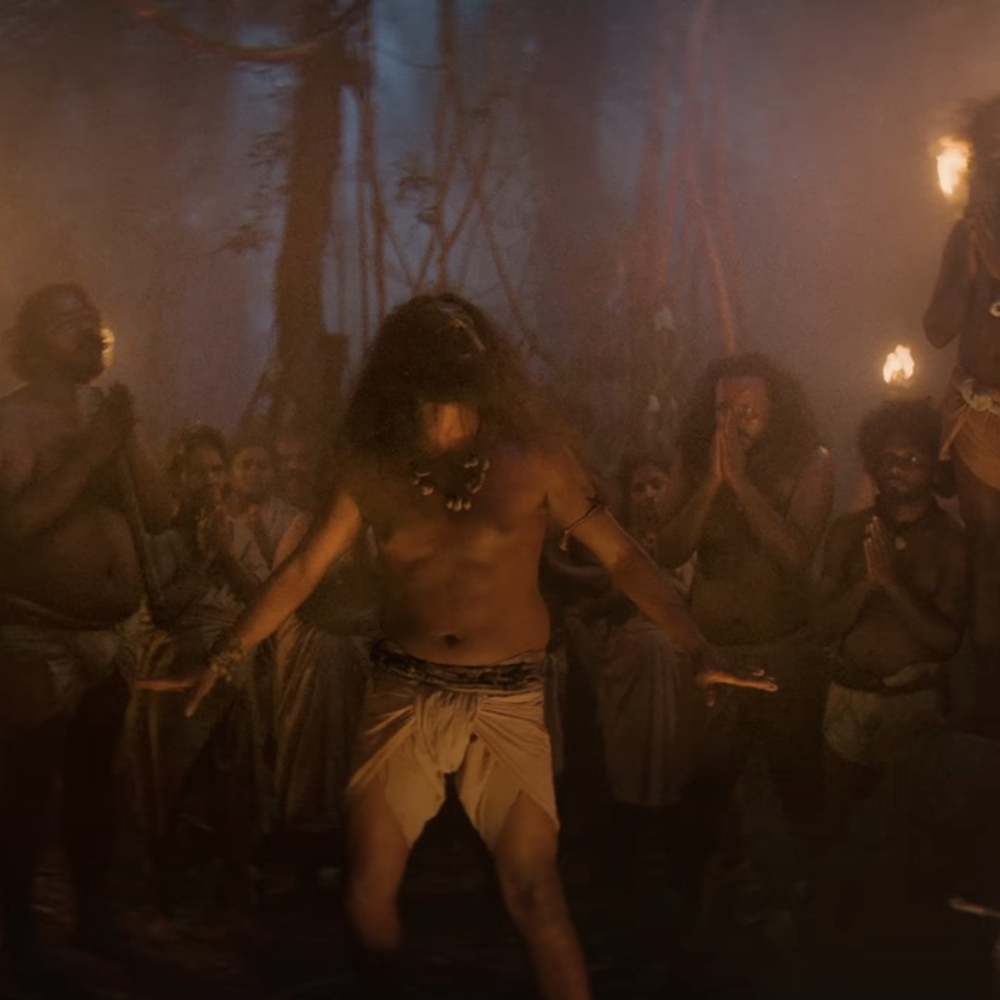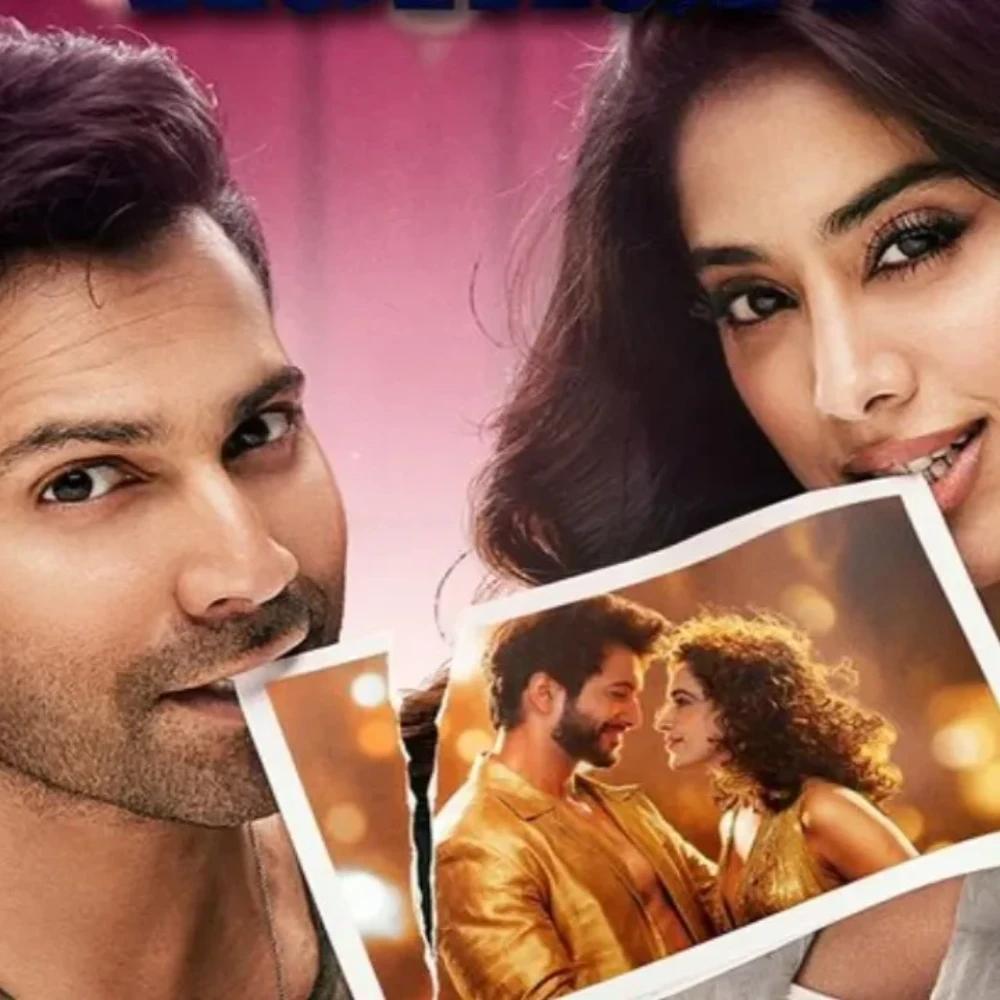Bhool Chuk Maaf’s Theatrical Gamble Pays Off: An organic win for content and cinema amid OTT disruption
Ultimately, Bhool Chuk Maaf is not just a film that defied box office expectations—it’s a case study in navigating a fractured exhibition landscape. Details
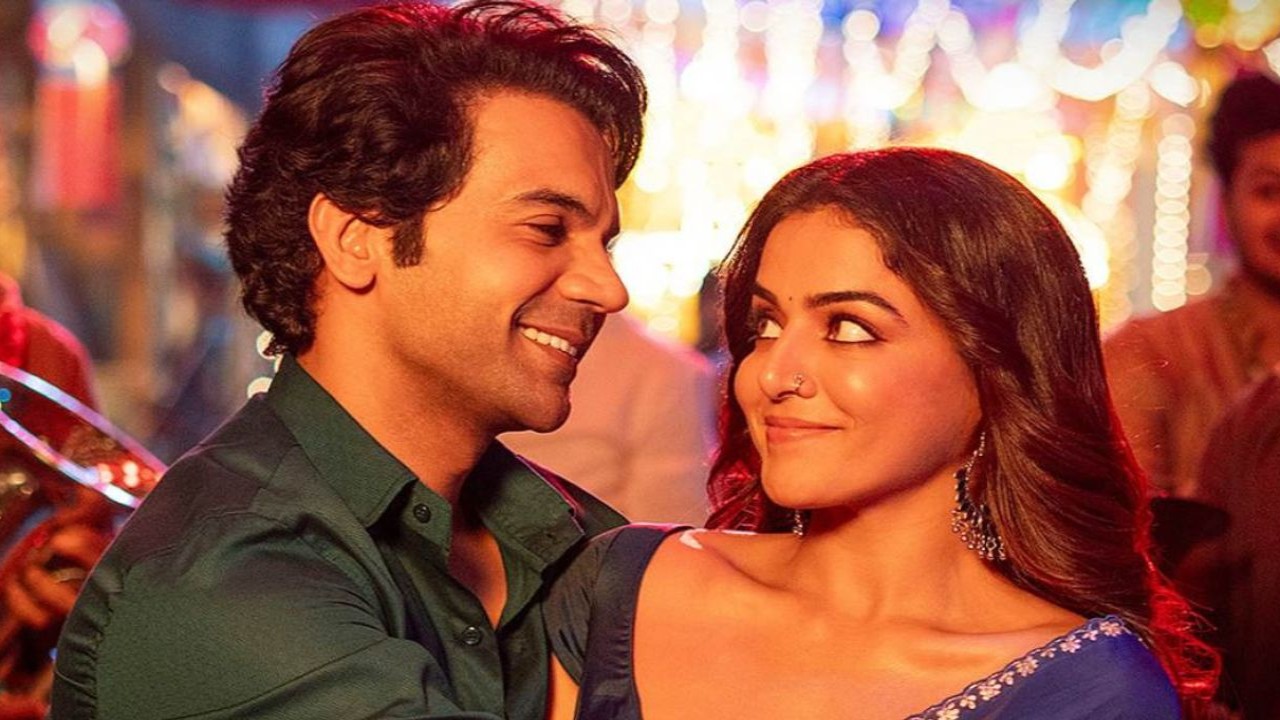
In an unexpected turn of events, Bhool Chuk Maaf became one of the most talked-about Hindi film releases of the month—not just for its content but for the dramatic developments surrounding its release strategy. Initially scheduled to hit cinemas nationwide, the film’s producer made a last-minute decision to pull it from theatrical release just a day before its premiere, opting instead for a direct-to-digital debut on Amazon Prime Video. The move sparked immediate backlash from the country's largest multiplex chain, PVR INOX, which responded by taking legal action and securing a restraining order to prevent the film's OTT release.
The controversy sent ripples across the industry, reigniting the long-standing debate around theatrical windows and the growing push from certain production houses for shorter or simultaneous OTT releases. Insiders revealed that PVR INOX had insisted on a four-week exclusive theatrical window, while Maddock Films—producers of Bhool Chuk Maaf—preferred a significantly shorter commitment, reportedly requesting only a single-show arrangement in the week of 6th June, when two major films are scheduled to release. Ultimately, a two-week theatrical window was agreed upon, and the film was theatrically released on 23rd May with a digital premiere now set for 6th June.
Against the odds, Bhool Chuk Maaf opened strong, registering ₹7 crore on day one—exceeding trade expectations and outperforming two of Rajkummar Rao’s other recent releases, Mr. & Mrs. Mahi and Vicky Vidya Ka Woh Wala Video. This opening is particularly noteworthy considering the uncertainty surrounding the film's release and the relatively low promotional window. While a few critics have pointed out that the film benefited from lower ticket prices, this doesn’t detract from the fact that audiences showed up in numbers.
Industry professionals on the ground have backed these figures with firsthand observations. Pawan Agrawal of DD Cinemas noted that Bhool Chuk Maaf delivered better collections across his 40 screens compared to Vicky Vidya, even with standard pricing. Ashutosh Agrawal of Starworld echoed a similar sentiment, confirming improved traction for Bhool Chuk Maaf at his venues. In West Bengal, distributor and exhibitor Satadeep Saha also reported stronger occupancies for the film than its comparably placed competitor, calling the performance “decent” despite the film’s limited window and prior confusion.
Anecdotal evidence from exhibitors around the country suggests that the film has struck a chord with audiences, particularly among family viewers and younger audiences who are currently on summer break due to school and college closures. Even in smaller centres like Navada in Bihar, it managed decent collections on day 1. According to trade sources it might score Rs 9 crore on Saturday taking its two day total to Rs 16 crore.
This surprise success forces the industry to reevaluate assumptions about theatrical windows and audience behavior. It clearly demonstrates that audiences are not rigid about the length of a theatrical run if the content justifies the outing. In fact, the film’s success underscores the importance of strong storytelling and relevant themes over release strategies. Despite being pulled back just before release—a move that usually signals internal lack of confidence or market mismatch—Bhool Chuk Maaf managed to capture public interest and draw footfalls.
Moreover, the film’s success reignites the discussion around dynamic pricing, especially for medium-to-small budget films. Discounted or flexible pricing could be a viable strategy to attract audiences who might otherwise choose to wait for a digital release. With more viewers becoming cost-conscious and OTT platforms offering new content every week, the challenge for cinemas is to create compelling reasons for viewers to make the trip. Value-driven pricing, strategic release timing, and family-friendly themes could be the key drivers for such films.
In the larger scheme of things, Bhool Chuk Maaf serves as a litmus test for the theatrical business post-pandemic. It demonstrates that with the right mix of content and strategy—even amid controversy—a film can not only survive but thrive. It challenges the binary view of “theatre vs. OTT” and shows that the two can coexist if producers and exhibitors find middle ground. The industry must take note: audience behavior is evolving, and flexibility, not rigidity, will be the currency of success moving forward.
Ultimately, Bhool Chuk Maaf is not just a film that defied box office expectations—it’s a case study in navigating a fractured exhibition landscape. It validates that compelling cinema still draws crowds, even in the face of platform wars, pricing debates, and truncated windows. For now, it’s a win for the theatrical model, for Maddock Films, and most importantly, for the audience who chose to show up.





 JOIN OUR WHATSAPP CHANNEL
JOIN OUR WHATSAPP CHANNEL

